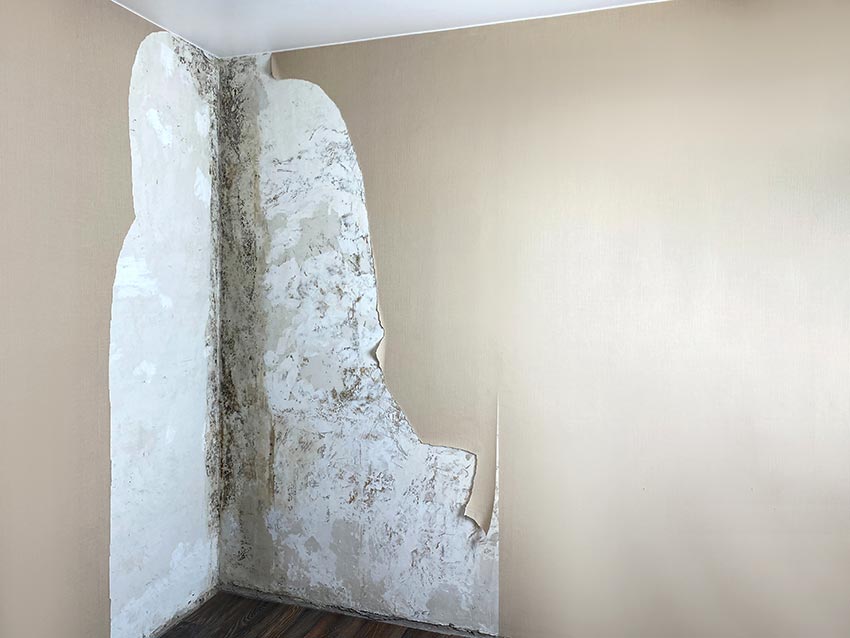Understanding Claim Denial Through Overly Broad Interpretation of “Covered Peril”
When you file a claim with your insurance company, the last thing you want is a denial. However, claim denials often occur due to an overly broad interpretation of what qualifies as a “covered peril.” In many cases, something as seemingly straightforward as humidity damage may lead to denial. Why? It all boils down to how insurers define and interpret the term “covered peril.”
What is a "Covered Peril"?
A “covered peril” is any specific event or circumstance that your insurance policy protects you against. Common examples include fire, wind, or theft. These are clear-cut situations where damage occurs as a direct result of the peril. But things get murky when indirect causes come into play—like humidity.
How "Humidity" Creates Issues in Claims
Humidity by itself isn’t usually listed as a covered peril. But what happens if it causes significant damage to your property over time? Many homeowners find themselves in a gray area. For instance, if high humidity leads to mold growth or damage to your wooden structures, you might think this should be covered under your policy. Unfortunately, insurers often disagree.

The Issue: Broad Interpretation
The denial often hinges on an insurer’s broad interpretation of the cause. In this case, the insurance company might argue that while the humidity caused damage, it wasn’t a sudden or accidental event. Rather, it was a slow, natural process that doesn’t fit the traditional definition of a “covered peril.”
This broad interpretation allows the insurance company to avoid paying the claim. They might reason that since humidity wasn’t specifically listed as a covered peril—and since it occurred gradually—it doesn’t fall under the policy’s protection.
The Impact of Policy Language
One of the major challenges with claim denials related to humidity damage is how the policy language is written. Policies are often filled with jargon that makes it difficult for the average person to understand the limits of coverage. When terms are vague or undefined, insurance companies may interpret them in ways that work to their advantage.
For example, a policy might cover “water damage” but not define whether this includes damage caused by water vapor (humidity). This opens the door for an insurer to argue that since humidity isn’t explicitly mentioned, it isn’t covered.
What You Can Do
If your claim is denied based on an overly broad interpretation of a covered peril, there are steps you can take:
Review Your Policy Carefully – Check if the language around perils and exclusions is clear or if it’s ambiguous. Vague terms may give you room to dispute the denial.
Get an Expert Opinion – Hiring an independent claims adjuster or attorney can help you interpret your policy and build a case to contest the denial.
Document Everything – Keep thorough records of the damage, including any expert opinions or assessments, to support your claim.
Appeal the Decision – Most insurance companies have an appeals process. Use this opportunity to present your case and argue against the broad interpretation of the policy language.
Moving Forward
Understanding why a claim denial occurs is crucial, especially when it involves a broad interpretation of what counts as a covered peril. Humidity may not seem like a significant issue, but if it causes damage and your insurance company refuses to cover it, you have options. By knowing your policy and taking the right steps, you can increase your chances of a successful claim outcome.
